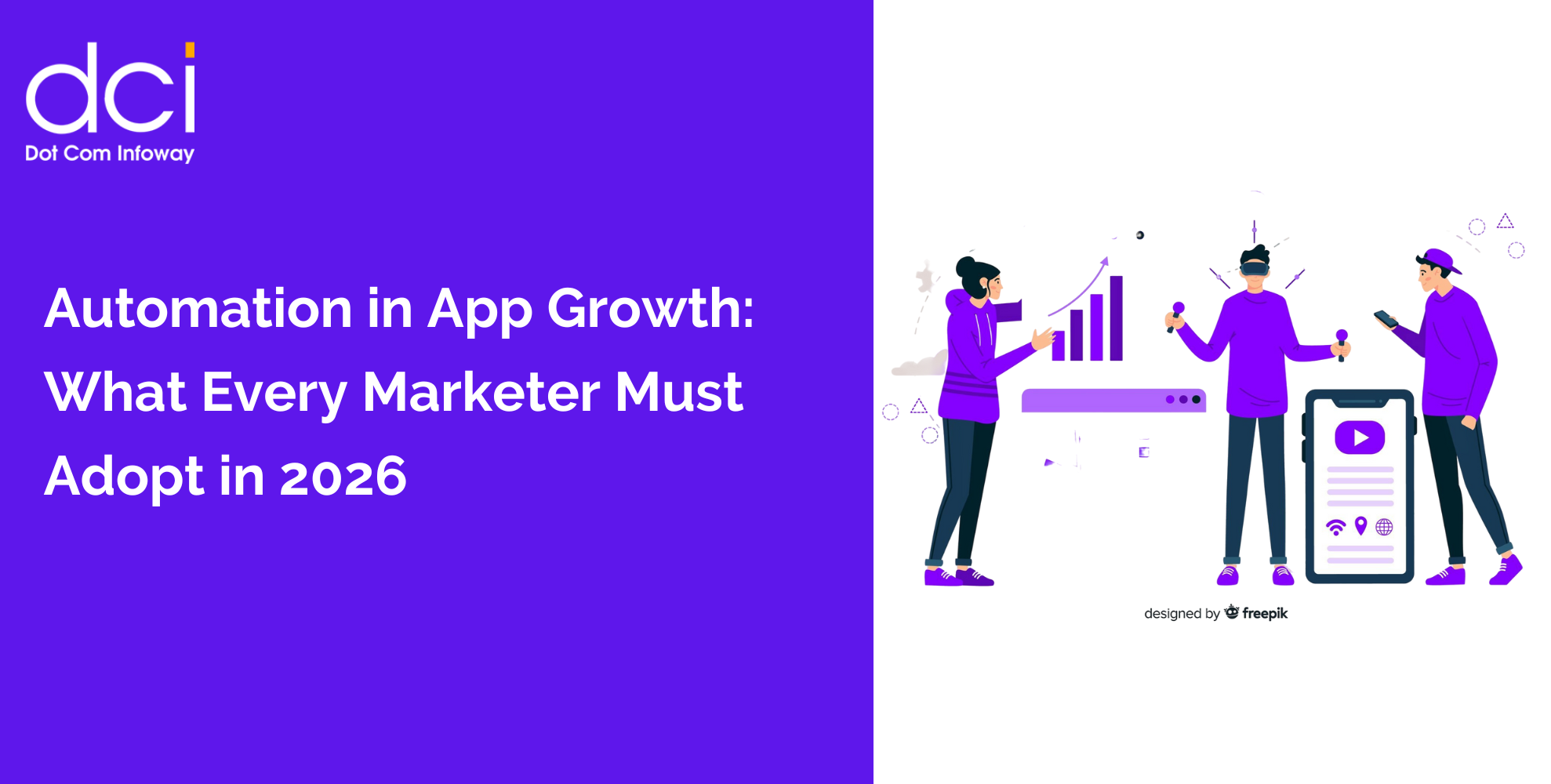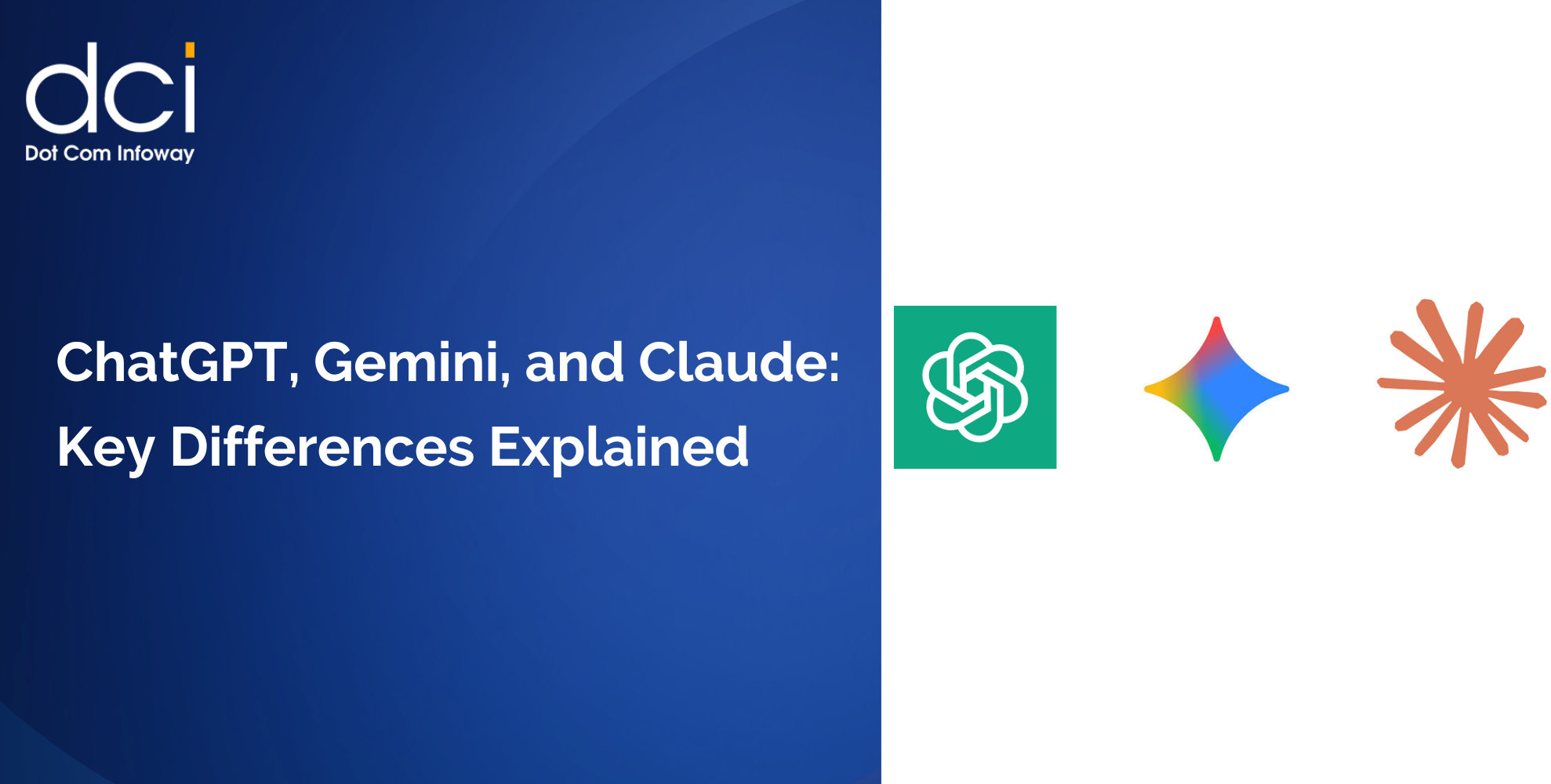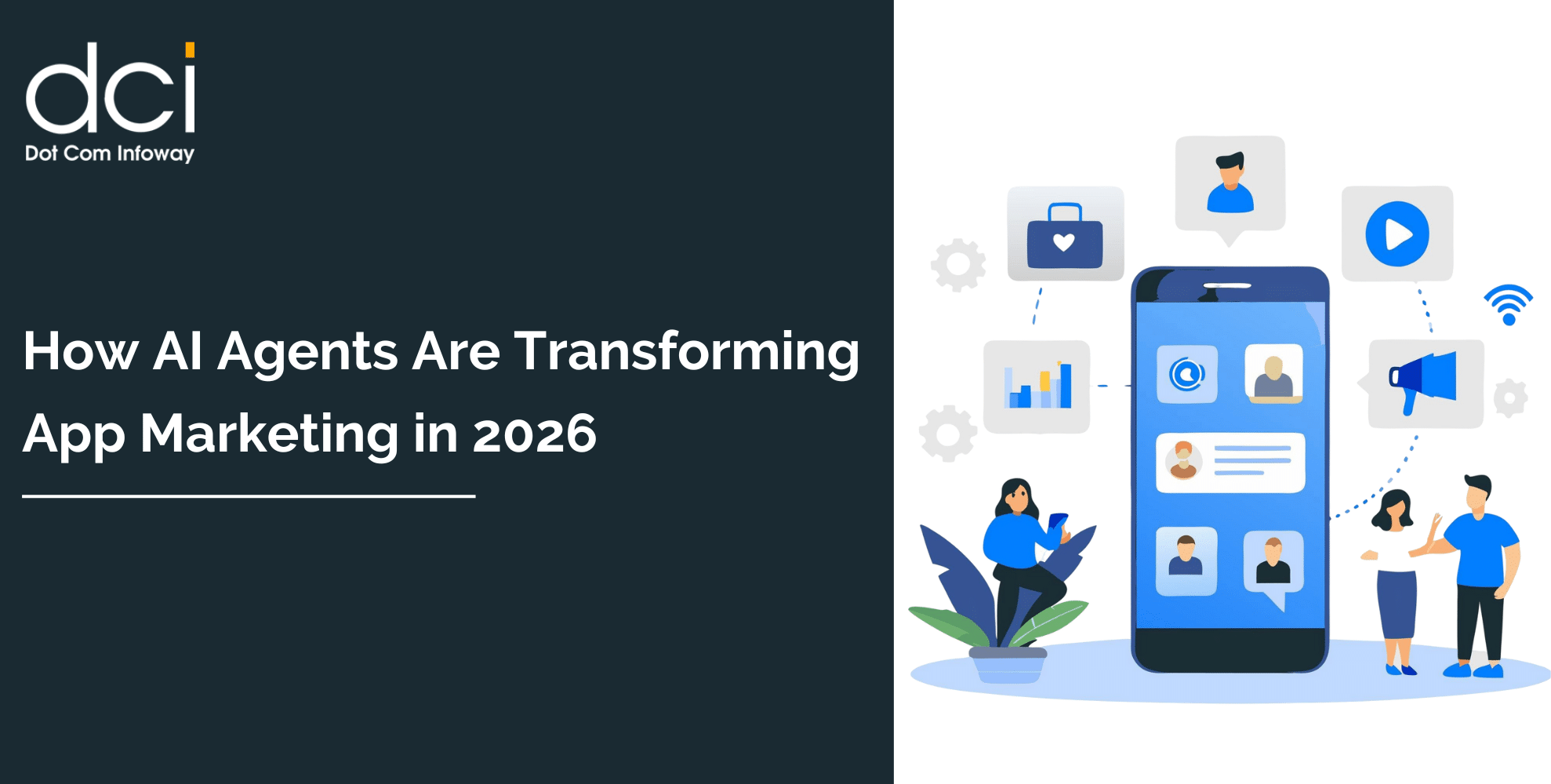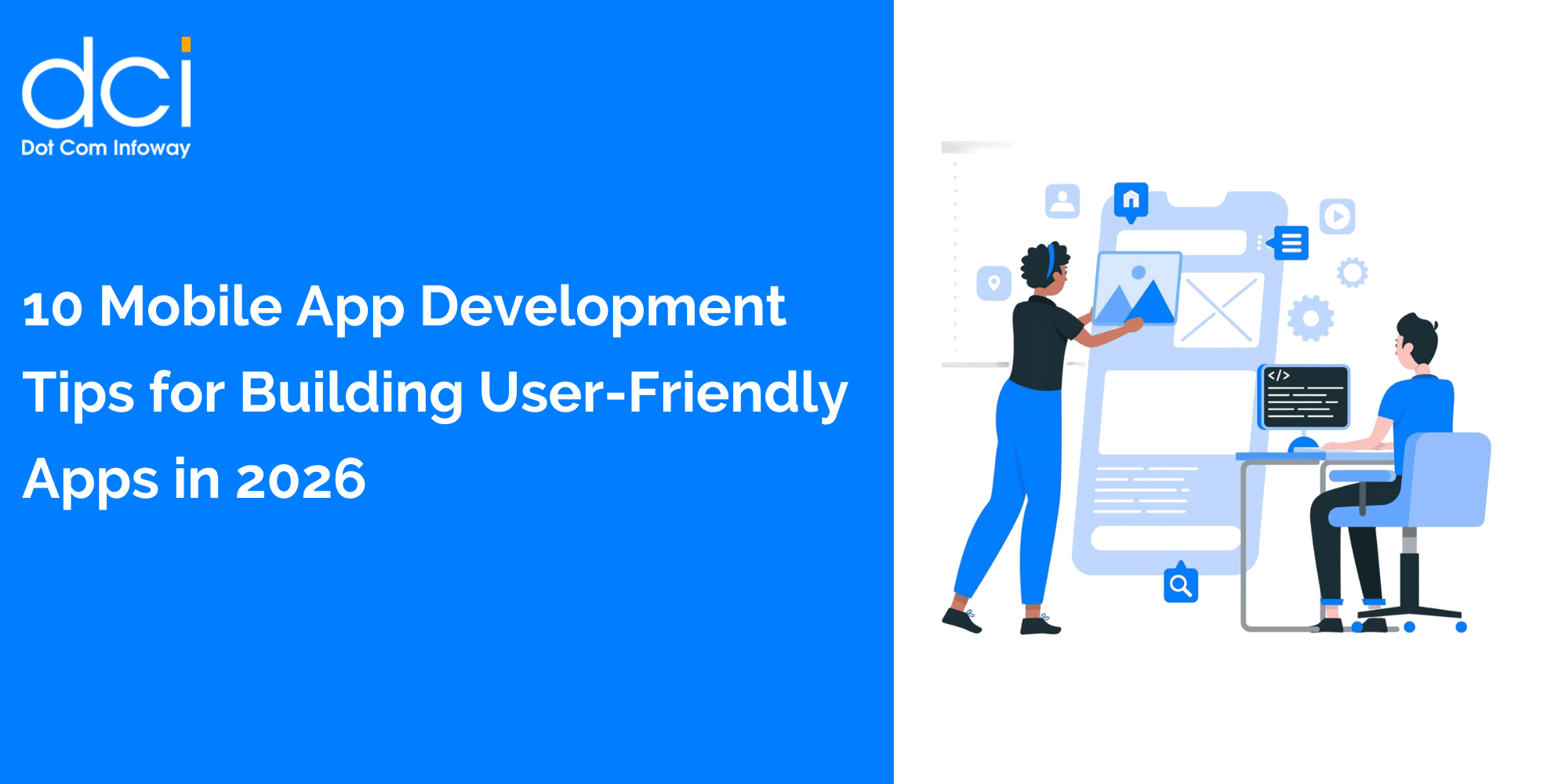Best Practices for Platform Selection
Making an informed decision requires a structured approach. These best practices will guide you through the process of selecting the optimal platform for your mobile application, ensuring it aligns with your platform business solutions.
1. Define Your Target Audience Precisely
The most critical step is to deeply understand who your users are. Consider their demographics, geographical location, income levels, and existing device preferences. For example, if your primary users are in the US or Western Europe and value premium experiences, iOS might be a better fit. If your audience is global, particularly in developing countries, Android’s reach is unparalleled. This foundational understanding will inform all subsequent decisions.
2. Prioritize Your Monetization Strategy
Clearly define how your app will generate revenue. Will it rely on in-app purchases, subscriptions, advertising, or a freemium model? As discussed, iOS users tend to have higher purchasing power and willingness to spend on apps, making it ideal for subscription-based or premium models. Android’s vast user base can generate significant ad revenue or volume-based sales. Your monetization goals should heavily influence your platform choice.
3. Assess Development Resources and Time-to-Market
Evaluate your available budget, development team’s expertise, and desired launch timeline. If you have a tight budget and need to launch quickly, a cross-platform framework like React Native (using JavaScript for rapid iteration) or Flutter (using Dart for unified codebases) could be a viable option, as suggested by Ptolemay. These frameworks can reduce initial development costs and accelerate time-to-market by allowing a single codebase for both platforms. However, native development on each platform often yields the best performance and user experience.
4. Conduct Thorough Market Research and Competitor Analysis
Examine your competitors. Which platforms are they on? How are their apps performing? Identify gaps in the market or opportunities to differentiate your offering. This research can reveal whether a specific platform is underserved in your niche or if there’s a strong existing user base to tap into. This is a key component of effective platform business best practices.
5. Plan for Scalability and Future Enhancements
Consider your long-term vision for the app. Will it require frequent updates, integrations with new technologies, or expansion into new features? Plan for the scalability of your chosen platform. While Android’s fragmentation can complicate updates, its open nature allows for greater customization. iOS’s streamlined ecosystem can simplify updates but might offer less flexibility for highly specialized hardware integrations. Your choice should support your app’s evolution.
When comparing Android and iOS for app development, Android dominates globally with about 70–72% market share, while iOS leads in the U.S. with around 58–59%, making it ideal for premium markets. Android drives higher downloads, while iOS delivers stronger revenue, contributing 67% of global app earnings. Android attracts a diverse, value-focused audience, whereas iOS users are wealthier and privacy-conscious. Development is often more complex on Android due to fragmentation, while iOS offers faster, smoother builds. In short, Android offers reach, and iOS delivers profitability—your choice should align with business goals and target audience.
Conclusion
The decision between iOS and Android app development is a multifaceted one, with no single “best” answer. It hinges entirely on your specific business goals, target audience, monetization strategy, and available resources. Android offers unparalleled global reach and a vast user base, making it ideal for businesses focused on widespread adoption and diverse markets. iOS, while having a smaller market share globally, dominates in affluent regions and consistently delivers higher revenue per user, making it the preferred choice for premium applications and strong monetization. Both platforms present unique opportunities and challenges, from development complexities to user engagement patterns.
Ultimately, a successful platform business requires a deep understanding of these dynamics. By carefully analyzing market data, user behavior, and development considerations, you can make an informed decision that sets your app up for success. For businesses seeking expert guidance in navigating these choices and building robust mobile applications, an experienced mobile app development company like Dot Com Infoway can provide the necessary insights and solutions to help you choose and build the right platform for your unique needs.

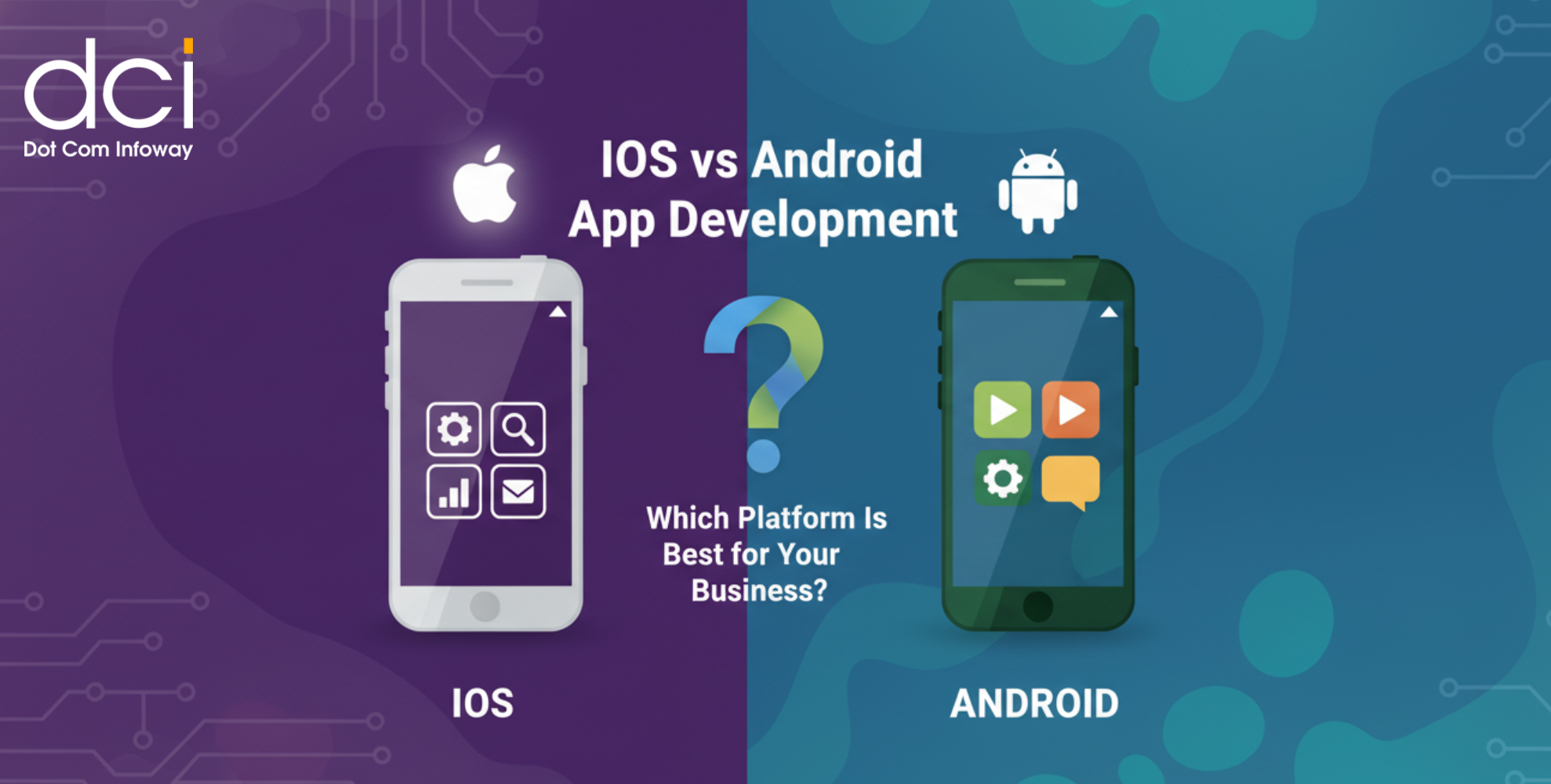

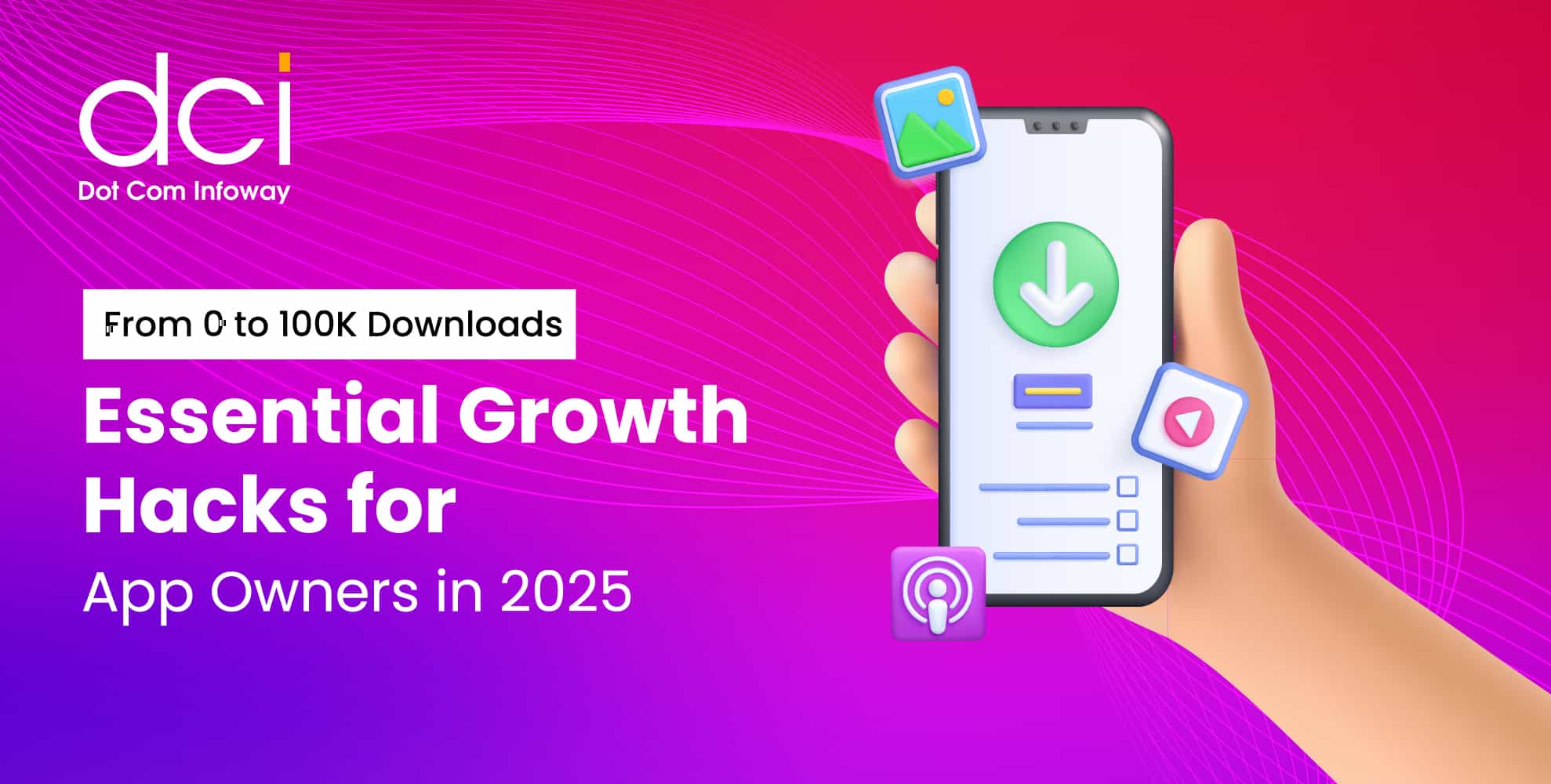

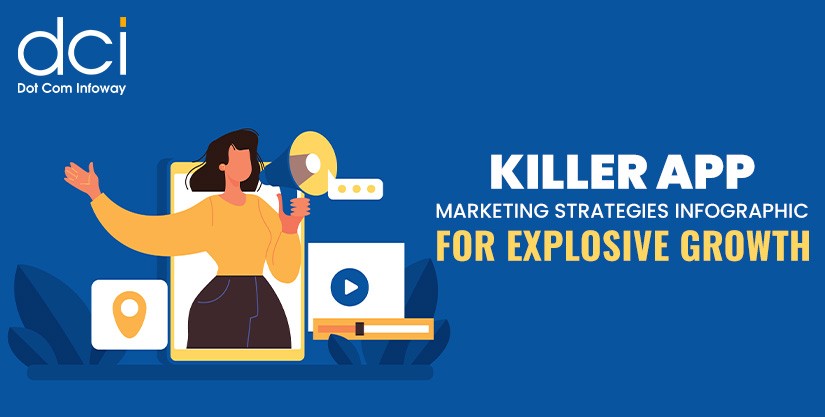

![The Game Marketing Guide: Pre and Post-Launch Strategies [Infographic]](https://www.dotcominfoway.com/wp-content/uploads/2023/09/DCI-Game-Marketing-blog-1.jpg)

